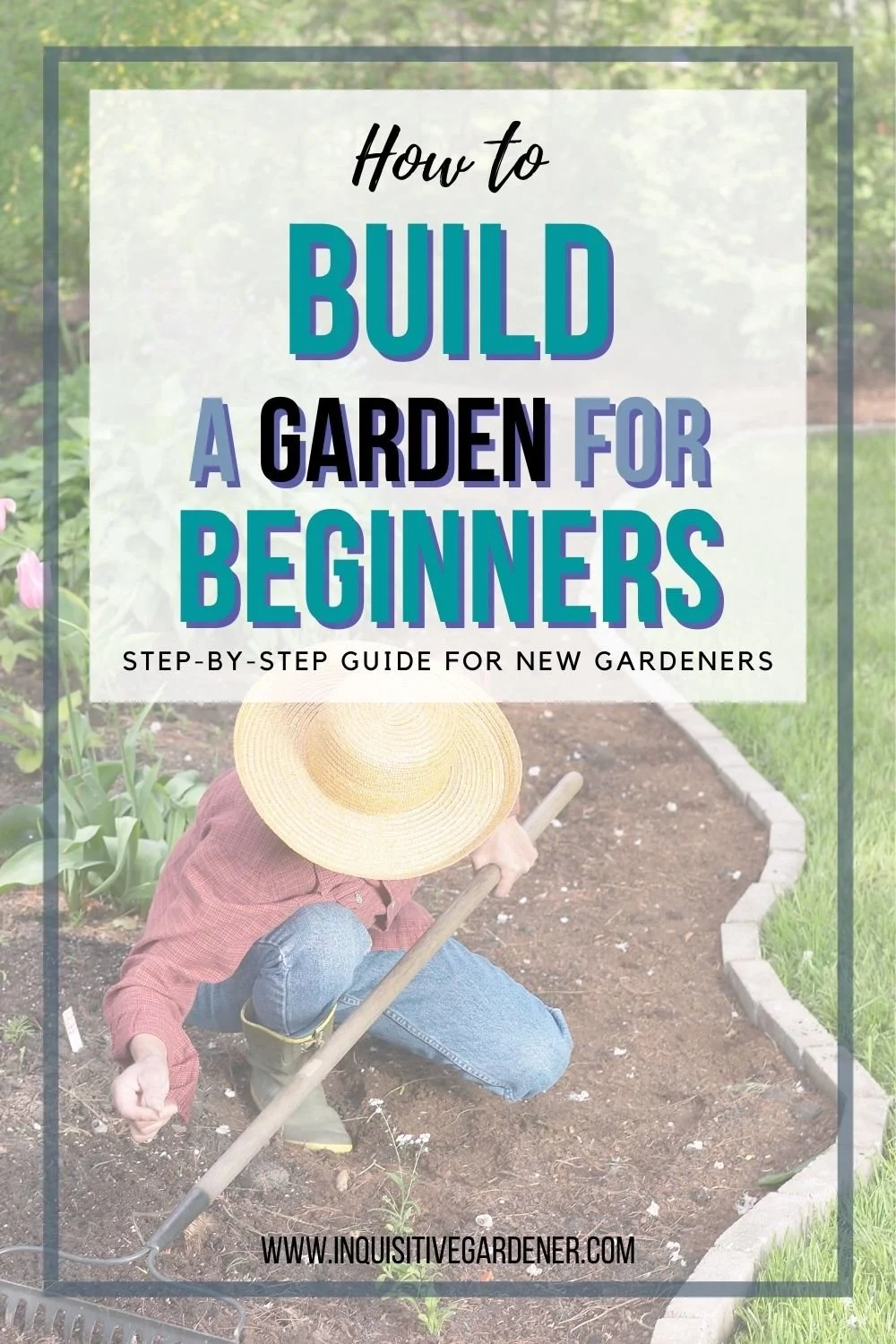Introduction
Creating a garden in the ground is a rewarding way to connect with nature, grow fresh produce, and enhance your outdoor space. Whether you’re a beginner or looking to improve your gardening skills, making a garden directly in the soil offers numerous benefits, including better root development and natural soil ecosystems. This guide will walk you through the essential steps to make a garden in the ground, covering site selection, soil preparation, planting, and maintenance. By following expert tips and proven methods, you can establish a thriving garden that suits your climate and preferences.
Why Choose an In-Ground Garden?
Making a garden in the ground allows plants to access natural nutrients and moisture more efficiently. Unlike container gardening, in-ground gardens provide room for roots to expand, leading to healthier plants and higher yields.
Benefits include:
- Enhanced soil biodiversity supporting plant growth
- Better water retention and drainage
- Cost-effective as it utilizes existing soil
- Greater variety of plants can be grown
Understanding these advantages helps gardeners make informed decisions about their planting approach.
Selecting the Best Location for Your Garden
Assess Sunlight Requirements
Most vegetables and flowers need 6-8 hours of direct sunlight daily. Observe your yard throughout the day to find spots free from shade by trees, buildings, or fences.
Check Soil Quality and Drainage
Ensure the soil drains well; soggy areas can harm plant roots. Perform a simple drainage test by digging a hole about 12 inches deep and filling it with water. If it drains within a few hours, the spot is suitable.
Consider Accessibility and Protection
Choose a location near a water source and easy to reach for maintenance. Protect your garden from strong winds or pests by situating it near natural barriers or using fencing.
Preparing the Soil for Planting
Test Your Soil
Conduct a soil test using kits or local extension services to determine pH and nutrient levels. Most plants thrive in soil with pH between 6.0 and 7.0.
Improve Soil Health
Based on test results, amend the soil by:
- Adding organic matter like compost or well-rotted manure to improve fertility and texture
- Incorporating sand or perlite for better drainage if soil is heavy clay
- Using lime to raise pH or sulfur to lower it, depending on test outcomes
Clear and Loosen the Ground
Remove weeds, rocks, and debris. Loosen soil to a depth of 12-18 inches using a spade or rototiller. This aerates the soil and facilitates root growth.
Planting Your Garden: Tips for Success
Choose Suitable Plants
Select plants adapted to your climate and soil conditions. Consider companion planting to maximize space and reduce pests. For example, tomatoes grow well with basil.
Follow Proper Planting Techniques
- Dig holes twice as wide as the root ball
- Space plants according to their mature size
- Water thoroughly after planting to settle soil around roots
Mulch and Water Consistently
Apply a 2-3 inch layer of mulch to retain moisture, suppress weeds, and regulate soil temperature. Water plants deeply at the base, ideally in the early morning or evening.
Maintaining Your In-Ground Garden
Regular Weeding and Pest Control
Keep the garden free from competing weeds. Use natural pest control methods such as introducing beneficial insects or homemade sprays to maintain plant health.
Fertilization
Feed your plants with balanced organic fertilizers every 4-6 weeks during the growing season to replenish nutrients.
Monitor and Adjust
Observe plant growth and soil conditions regularly. Adjust watering schedules and support plants with stakes or cages as needed.
Conclusion
Making a garden in the ground is an enriching project that brings fresh produce and beauty to your outdoor space. By carefully selecting your site, preparing the soil, planting thoughtfully, and maintaining your garden with consistent care, you set the stage for success. Remember, gardening is both a science and an art—embrace the learning process and enjoy the journey of nurturing your green oasis. Start today, and watch your garden flourish with each season!
